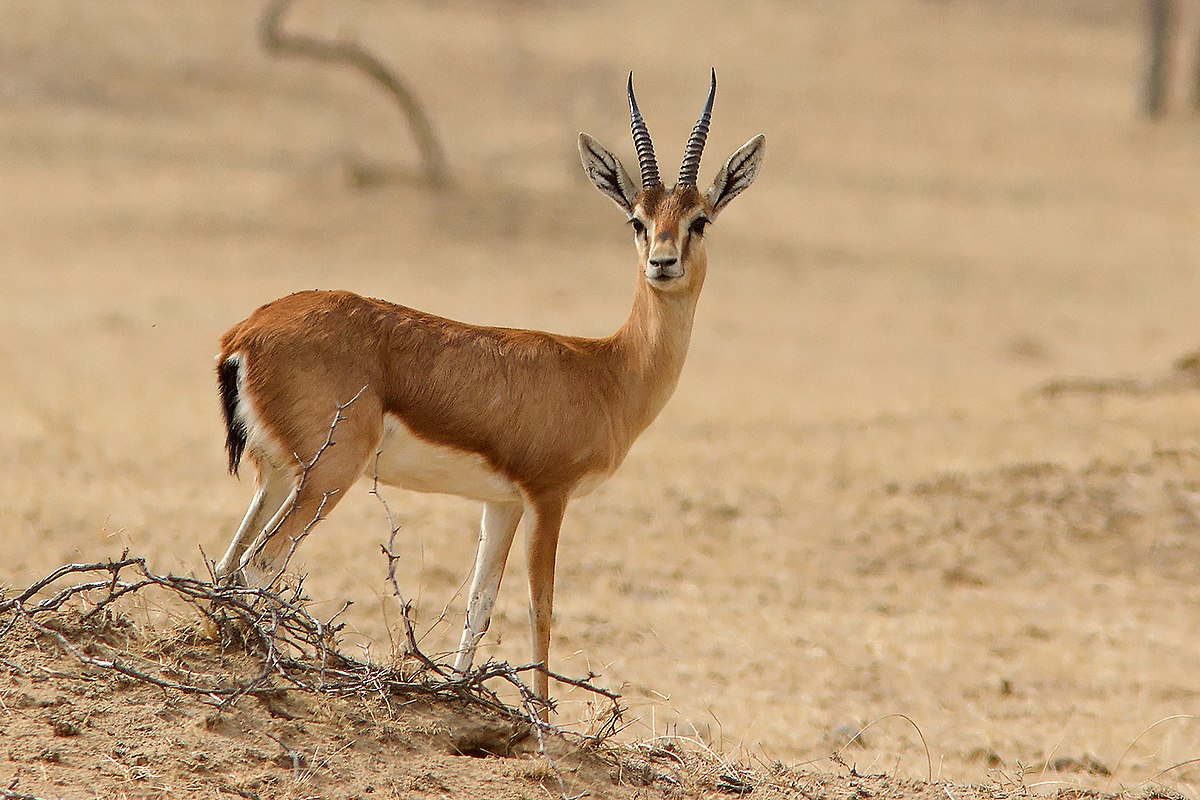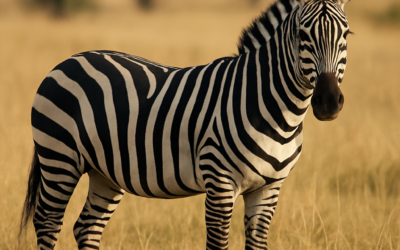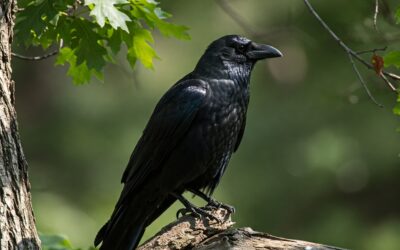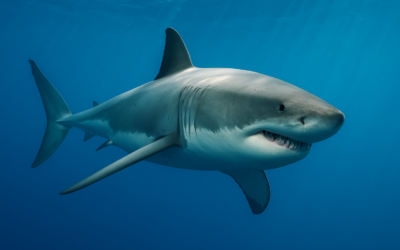Gazelle
🌿 Presentation on the Gazelle
🦌 1. Introduction
The gazelle is a herbivorous mammal belonging to the bovidae family. It is known for its grace, speed, and beautifully curved horns. It is mainly found in Africa and Asia.
🌍 2. Habitat
Gazelles live in:
-
The savanna
-
The desert
-
Semi-arid zones
They are well adapted to hot, dry climates and can survive for several days without drinking water.
🧬 3. Physical Characteristics
-
Height: 60 to 110 cm at the shoulder
-
Weight: 15 to 75 kg depending on the species
-
Color: light fawn with a white belly
-
Horns: present in both sexes in some species, often lyre-shaped
🍃 4. Diet
The gazelle is a herbivore. It feeds on:
-
Grass
-
Leaves
-
Fruits
-
Desert plants
🏃♂️ 5. Behavior
-
Very fast: up to 80 km/h (50 mph)
-
Lives in groups called herds
-
Highly alert to predators (lions, cheetahs, hyenas)
🍼 6. Reproduction
-
Gestation: about 6 months
-
Gives birth to 1 or 2 offspring
-
The young are hidden in vegetation during their first days
🛡️ 7. Threats and Protection
-
Threats: hunting, habitat loss, poaching
-
Protection: nature reserves, reintroduction programs in certain regions
📌 8. Well-known Species
-
Thomson’s gazelle
-
Dorcas gazelle
-
Grant’s gazelle
-
Mhorr gazelle
✅ Conclusion
The gazelle is a symbol of elegance and agility. Although adapted to harsh environments, it remains vulnerable and deserves our attention to ensure its survival.
August 23, 2025
zebra
The Zebra: A Fascinating and Iconic African Animal The zebra (genus Equus) is a herbivorous mammal from the equid family, renowned for its distinctive black and white stripes. Native to Africa, zebras are among the most recognizable animals in the African savanna,...
The Raven: Intelligence and Mystery of the Black Plumage
shark
🦈 The Shark – Information Sheet 📌 Common name: Shark 🧬 Scientific name: Various species (e.g., Carcharodon carcharias for the great white shark) 🐾 Family: Chondrichthyes (cartilaginous fishes) 🌍 Habitat: Oceans and seas around the world, from shallow coastal waters to...





0 Comments